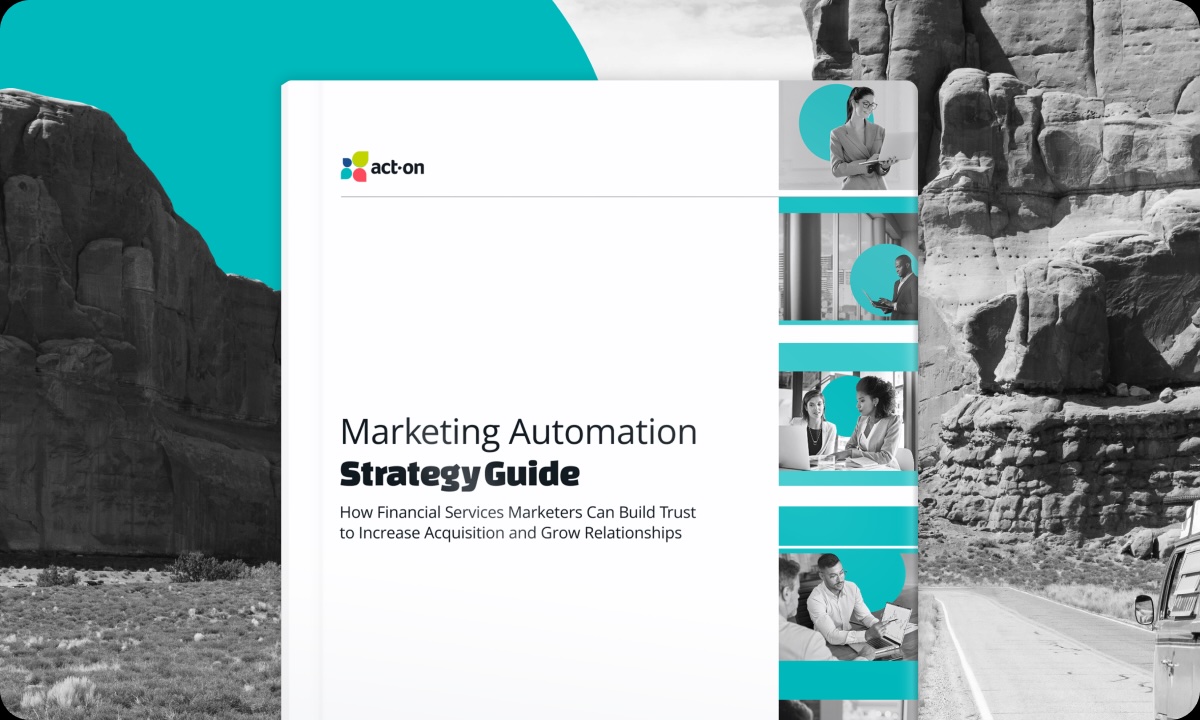Cut through the noise and uncover what’s driving real business growth in 2025. Dive into the latest trends revolutionizing marketing automation, including AI-driven insights, ABM integration, and multichannel personalization.
Join Jeff Day, CMO at Act-On, as he shares strategies to captivate modern buyers, streamline your marketing efforts, and fuel innovation to accelerate measurable business growth.
What You’ll Learn:
- Explore the latest trends, such as leveraging AI tools, integrating ABM strategies, and implementing multichannel personalization, to stay ahead of the curve.
- Gain 300-level insights to effectively connect with today’s discerning buyers through impactful, personalized marketing approaches.
- Learn how to apply advanced tools and data-driven strategies to streamline marketing efforts and drive measurable business results.




